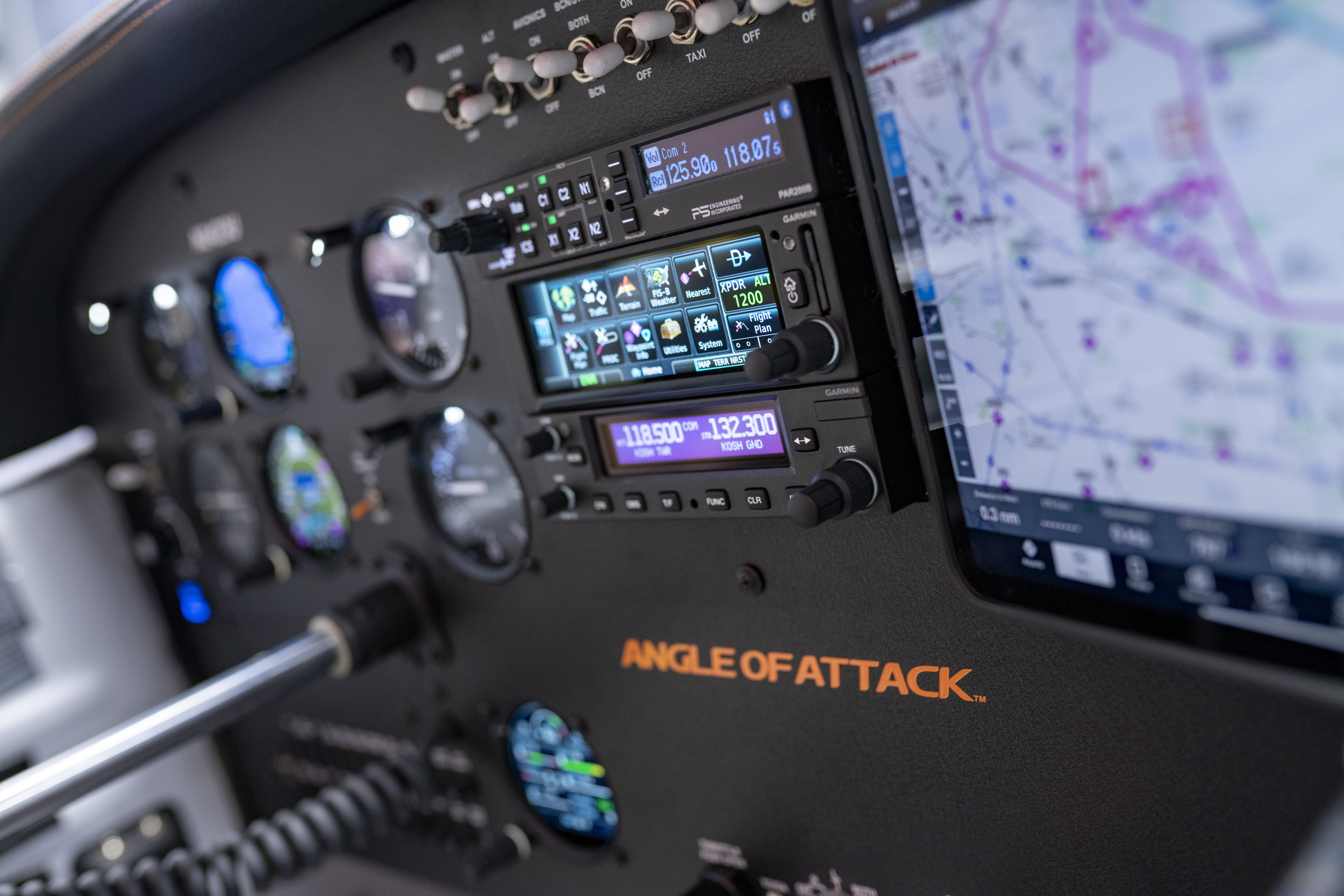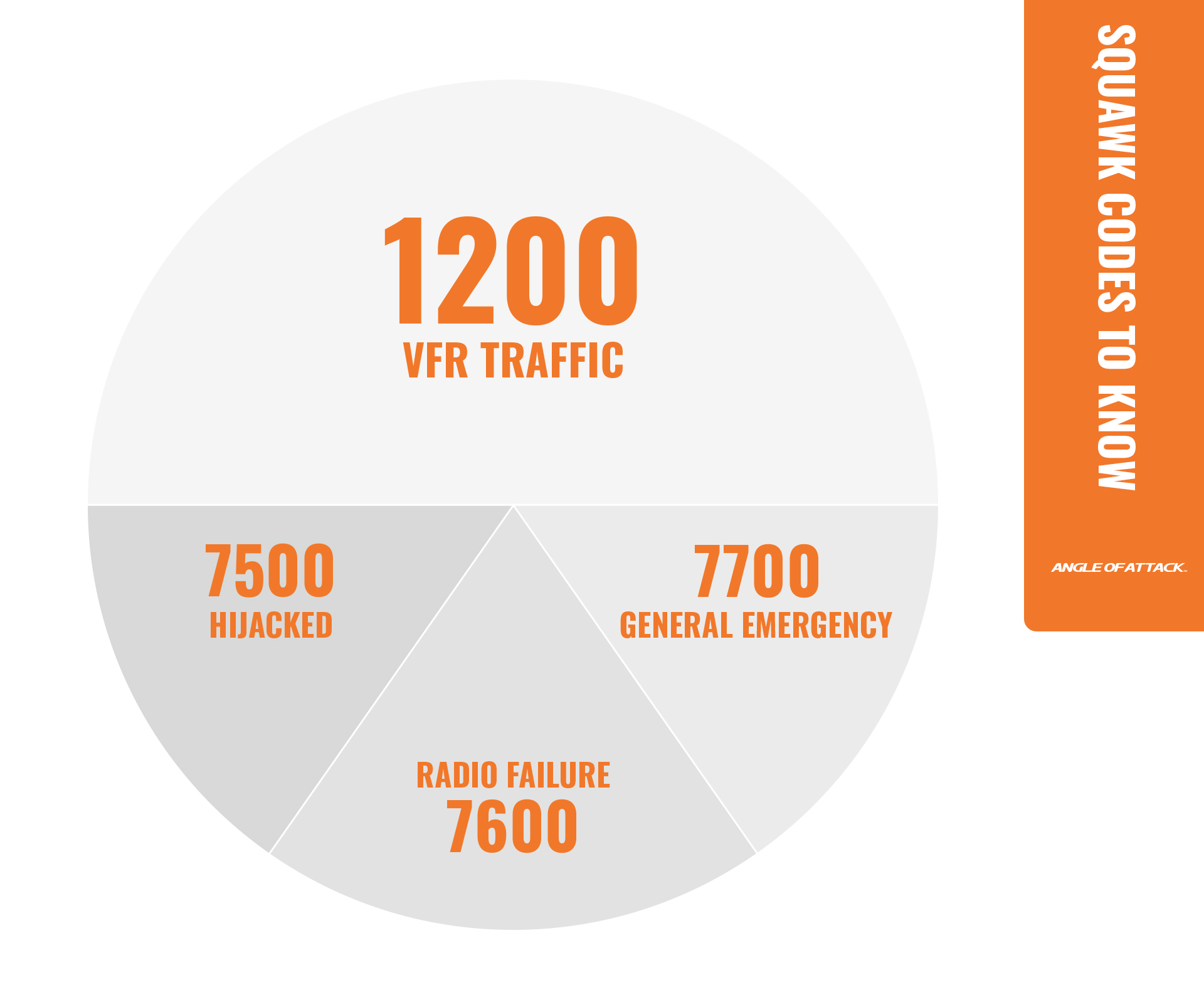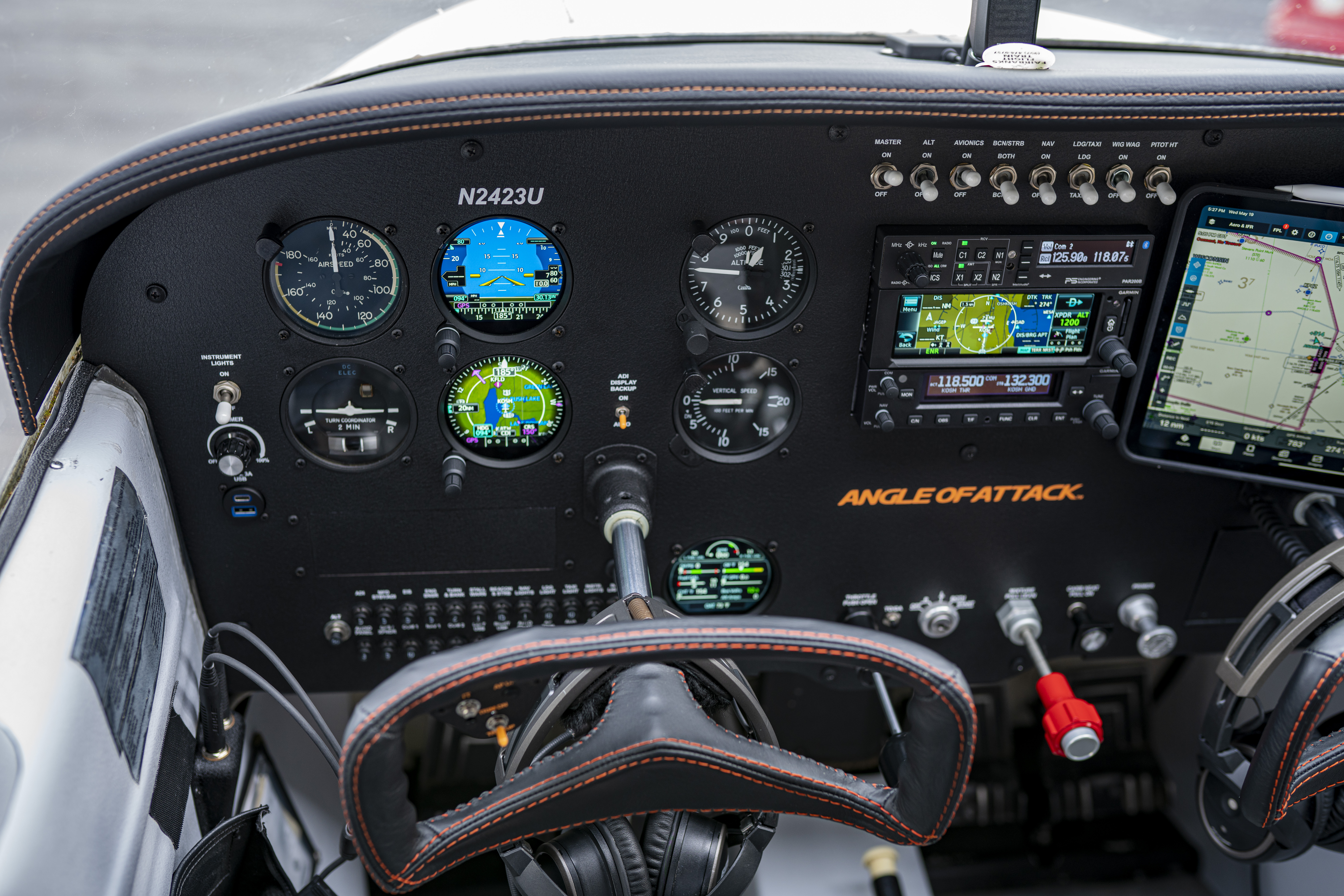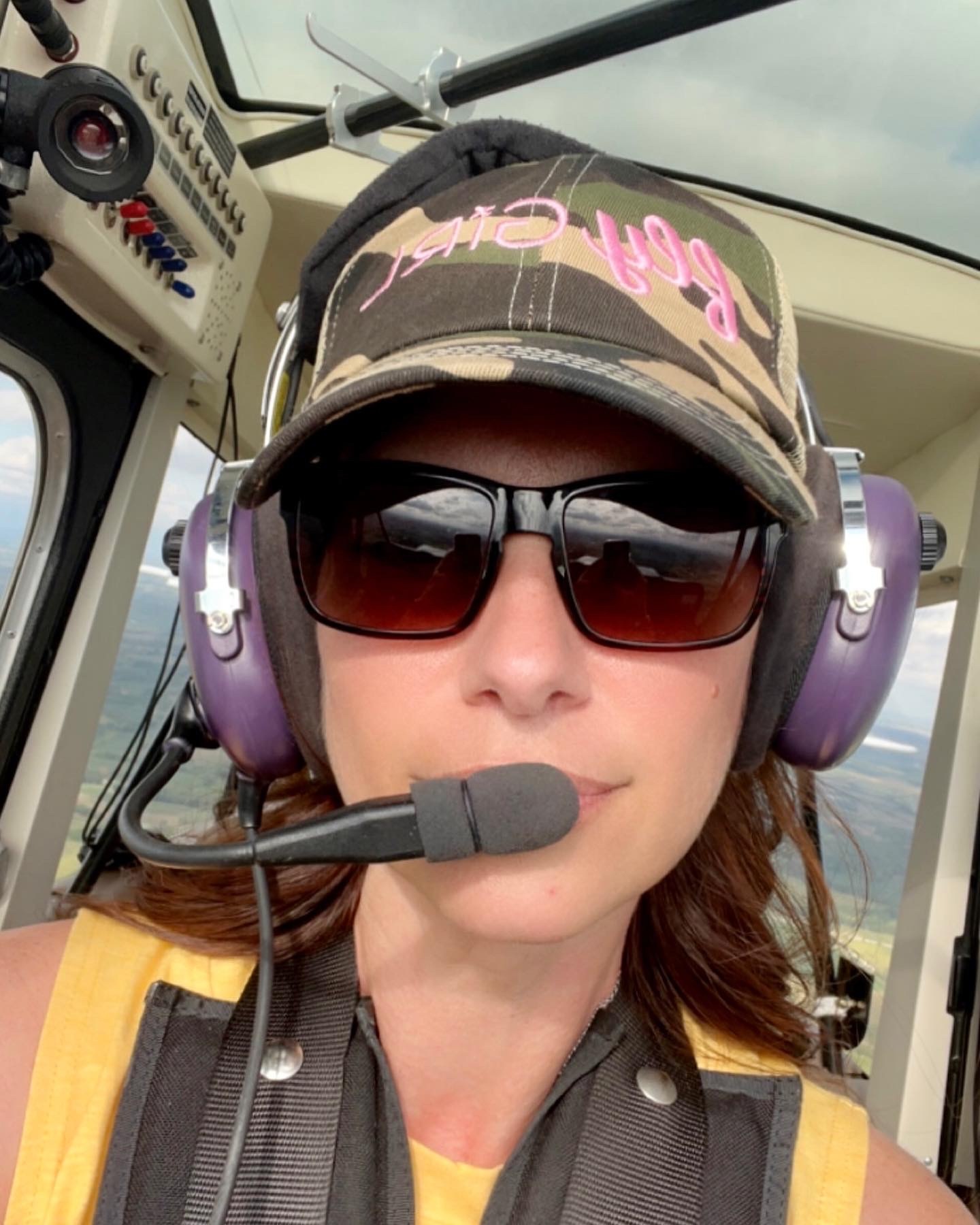
Squawk codes are essential to aviation, and among them, are the 7500, 7600, and 7700. Squawks play a particularly vital role in ensuring the safety and smooth operation of flights. This article will delve into the importance of these codes. We will discuss how they are used, and the implications of their activation for pilots, air traffic controllers alike. In addition, we will discuss the history and development of these codes and provide a comprehensive understanding of their significance in the world of aviation.
What are Squawk Codes?
Squawk codes, also known as transponder codes, are four-digit codes assigned by air traffic controllers to aircraft. These codes are entered into an aircraft’s transponder, a device that communicates with air traffic control (ATC) radar systems. Squawk codes help ATC identify and track individual aircraft, making it easier to manage airspace and prevent collisions.
There are several squawk codes with specific meanings, but the 7500, 7600, and 7700 squawks are of particular importance due to their universal nature and the critical situations they represent. These codes are used internationally and have remained unchanged since their introduction to ensure clear communication between pilots and air traffic controllers worldwide.
Squawk codes, particularly the 7500, 7600, and 7700 squawks, are crucial in aviation communication, ensuring flight safety and efficiency. This article will explore these codes’ significance, usage, and impact on pilots, air traffic controllers, and passengers.
These specific squawk codes are universally applicable and represent critical situations in aviation.

The 7500 Squawk: Hijacking or Unlawful Interference
The 7500 squawk is used by pilots to discreetly indicate that their aircraft is experiencing a hijacking or unlawful interference. In such situations, pilots are trained to remain calm and activate the 7500 code without alerting the perpetrator(s) to avoid escalation.
Once the 7500 squawk is activated, the aircraft’s transponder sends a signal to the ATC radar system. This alerts air traffic controllers to the emergency situation. It will prompt them to notify the relevant authorities, such as law enforcement and military agencies. It is crucial to note that the 7500 squawk should only be used in cases of genuine hijacking or unlawful interference, as it triggers a swift and robust response from various agencies.
The 7600 Squawk: Loss of Radio Communication
The 7600 squawk signifies that an aircraft has lost radio communication with ATC. This can occur due to equipment failure, weather-related interference, or other factors that compromise the aircraft’s communication systems. When a pilot activates the 7600 code, it informs air traffic controllers of their inability to communicate verbally.
Upon receiving the 7600 squawk, ATC will attempt to re-establish communication through alternative means. This alternative could be text-based messages or communication relays via another aircraft. If radio contact cannot be restored, air traffic controllers will provide visual signals to the aircraft if within sight, or rely on standard procedures for handling aircraft with lost communication. These procedures may include using the filed flight plan or issuing clearances based on the aircraft’s altitude and direction.
The 7700 Squawk: General Emergency
The 7700 squawk is used by pilots to indicate a general emergency onboard the aircraft. This code covers a wide range of emergency situations, such as engine failure, medical emergencies, or structural damage to the aircraft. Upon activating the 7700 code, the aircraft’s transponder sends an alert to the ATC radar system. Which, in turn, notifies air traffic controllers of the emergency.
Once a 7700 squawk is received, ATC will provide the necessary assistance to the aircraft. Such as prioritizing its approach and landing, coordinating with emergency services on the ground, or providing alternative routing if required. The 7700 squawk allows pilots to convey the urgency of their situation without having to explain the details, enabling air traffic controllers to respond efficiently and effectively.

Understanding the importance of squawk codes, especially the 7500, 7600, and 7700 squawks, provides a comprehensive appreciation for their role in modern aviation. These codes facilitate efficient communication between pilots and air traffic controllers, ensuring safety and seamless operation during flights. If you have any questions on these codes don’t hesitate to reach out to us at Angle of Attack for more information.

Karey grew up and obtained her in private pilot’s license in Central Iowa. She fell in love with tailwheel aircraft during her primary training and obtained a tailwheel endorsement the week following her private pilot checkride. She is eager to obtain her seaplane rating and is merging her passion for flying with her prior work career. Karey has a background in marketing, editing, and web design after graduating from Simpson College. When she is not flying or working, Karey enjoys anything related to technology and admits she can be a bit of a nerd. She also has discovered a love for virtually all outdoor pursuits, with a special fondness for climbing, shooting, and hiking.

Stay Connected
Be the very first to get notified when we publish new flying videos, free lessons, and special offers on our courses.





